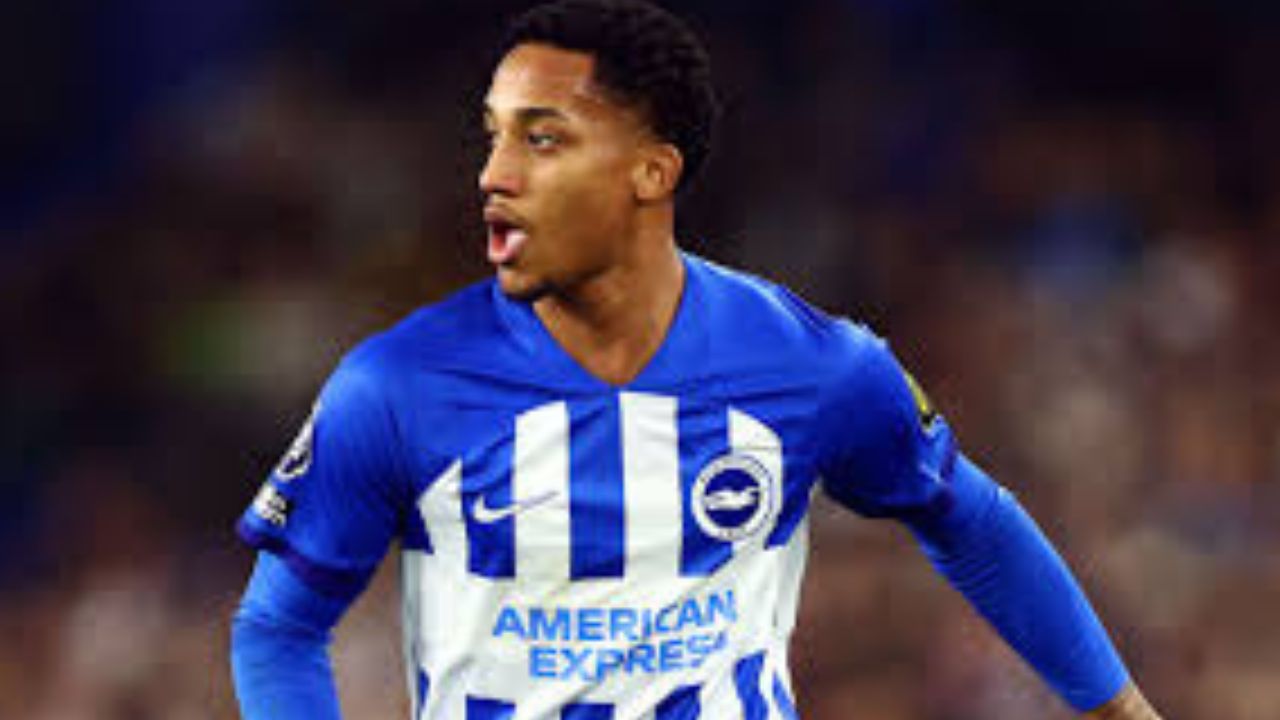João Pedro and Brighton’s Recruitment Process
This briefing is a round-up of the main news about Newcastle’s interest in Brighton’s João Pedro and an in-depth run-through of Brighton & Hove Albion’s critically acclaimed recruitment and business model.
Newcastle’s Rejected Bid and Brighton’s Stance Newcastle’s reported offer came to £20 million, but it remains unclear where their bid has been swiftly turned down by the Seagulls, with João Pedro yet to express any intention of leaving.
Newcastle United have seen a big-money bid, understood to be over £50m, rejected from Brazilian international striker João Pedro by Brighton. That follows initial comments from Brighton head coach Fabian Hezel, who had said that he was confident “both Pedro and Kyu Ma are staying put” and that the “I’m looking forward to both of them” re-joining the squad for pre-season.
But the common view from those who watch is that, even if Herzel is playing up his hope in public, “I would be surprised if João Pedro remains at Brighton after this summer.
Key aspects to know about the possible move:
Newcastle’s Long-Standing Interest: Eddie Howe has a long-standing interest in Pedro, which goes back to his Watford days.
Valuation Disparity – The £50m+ bid that was rejected is seen as not enough. Experts believe that a figure closer to “60million plus five in add-ons” could be enough to make the deal happen.
How the player performed last season: Pedro, 23, totalled 16 goals and assists in the Premier League during the last season. But his last season was “slightly disappointing, on the balance of last year”, when he hit 20 in all competitions, his numbers “stack up”.
The Interest X Gazebo: Chelsea are also “like João Pedro, ” which “always works for the selling side because they can get the price up a bit more.”
Pedro timing: “The general feeling is that ‘it’s the right time for João Pedro to move on with that concrete interest there.”
Brighton’s alternatives: According to ByDannyJ, “If Pedro can’t be persuaded to stick around, they can always look at alternatives such as a second/third season Evan Ferguson, Danny Welbeck, incoming £30m-rated signing Costulas or even George Rout.”
Brighton’s Famous Transfer Policy: “Buy Low, Sell High” You can see that coming from miles away, can’t you?
“When you think of Brighton & Hove Albion, you think of probably the best run club in the Premier League and a model of not just Premier League clubs but every club in the world. The secret is a very successful recruiting step, which is geared towards the detection and then promotion of young talents, young talents who one day will be able to be disposed of again for a lot of money.
Key aspects of Brighton’s model: Basic Philosophy: Basically, it’s buy low, sell high and sell very high also. This has been borne out in sales such as those of Moisés Caicedo (£100m-plus) and Alexis Mac Allister.
Player Development: Brighton emphasises “signing young players with big potential trying to trying to develop them, trying to make the next step with them.
Selling the Dream: As Lambert says, Brighton does “sell the dream” to players, emphasising its status as a stepping stone toward “bigger and better things”, “Chelsea, Liverpool, Arsenal, Tottenham clubs that are fighting for Europe, clubs that are fighting for major silverware”. It’s backed up with the belief that “if a club offer your valuation at the right time for us and it fits in for you, then we’ll let you go.”
Maintaining Reputation: Whilst Brighton have to be focused on achieving as much value as possible, Chris Hughton’s side must “get that balance right between getting what they want for a player but not saying to other clubs hang on we we can’t take you to Brighton as a player because it’s really difficult to get you out.” They want to prevent a situation where “don’t go to Brighton because it’s, really, really hard to get you out of Brighton because they only want big money for you.”
Shifting Transfer Fees: The market for acquiring talent is no longer the same. “Now, it’s getting very, very difficult now, to get these players as cheap as what we’ve got these players going for, so much is it because they now know what Brighton are doing, for these players, and for the sort of money they’re going to recoup in a couple of years.” This has extended to a “little bit more pricier signings in the last couple of years”, such as Georgina Costulas for £40m.
Steady Strategy: Yet even with these modifications, the core “model isn’t going to change” for Brighton. They will keep doing what they do (buying players young with very little experience for very little money), but they will also keep buying players slightly more expensive with slightly more experience and, when the opportunity presents itself, snapping up veterans for next to no money (e.g. James Milner, Adam Lallana, Danny Welbeck).
Success Begets Success: “For Brighton so far, it’s working.” There always seems to be a focus on how well the club is run “on the pitch and off the pitch, the people that are operating Brighton and Hove Albion are sensational at what they do.”
In a nutshell, the João Pedro saga is a classic example of Brighton and their very rational approach to trading with players. Whilst they will miss his drives and crosses, his sale is a perfect fit with their hugely successful but always developing recruitment and financial model.

